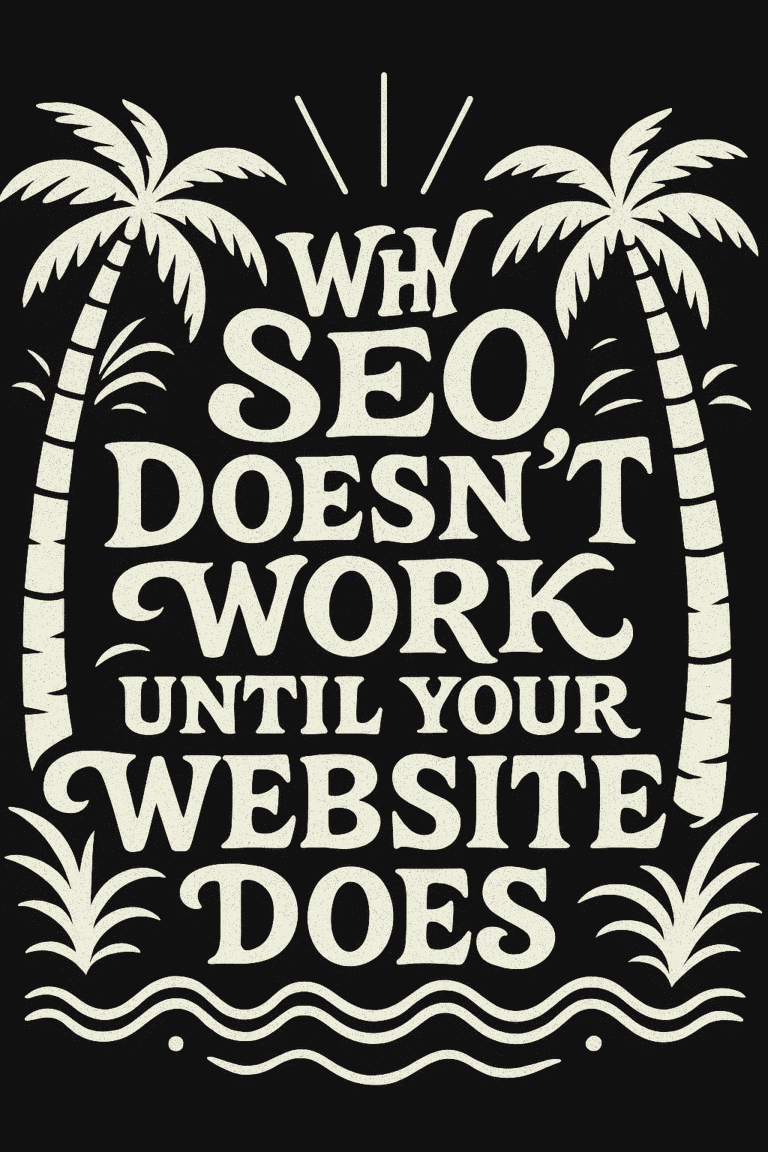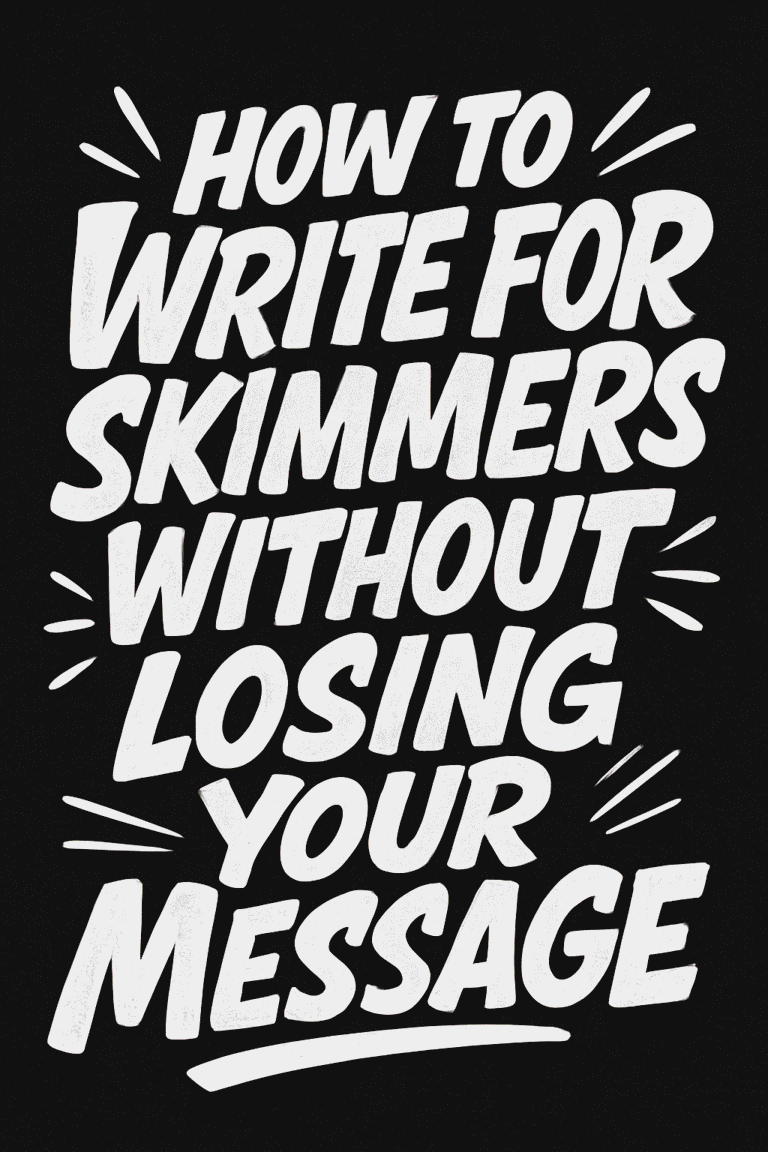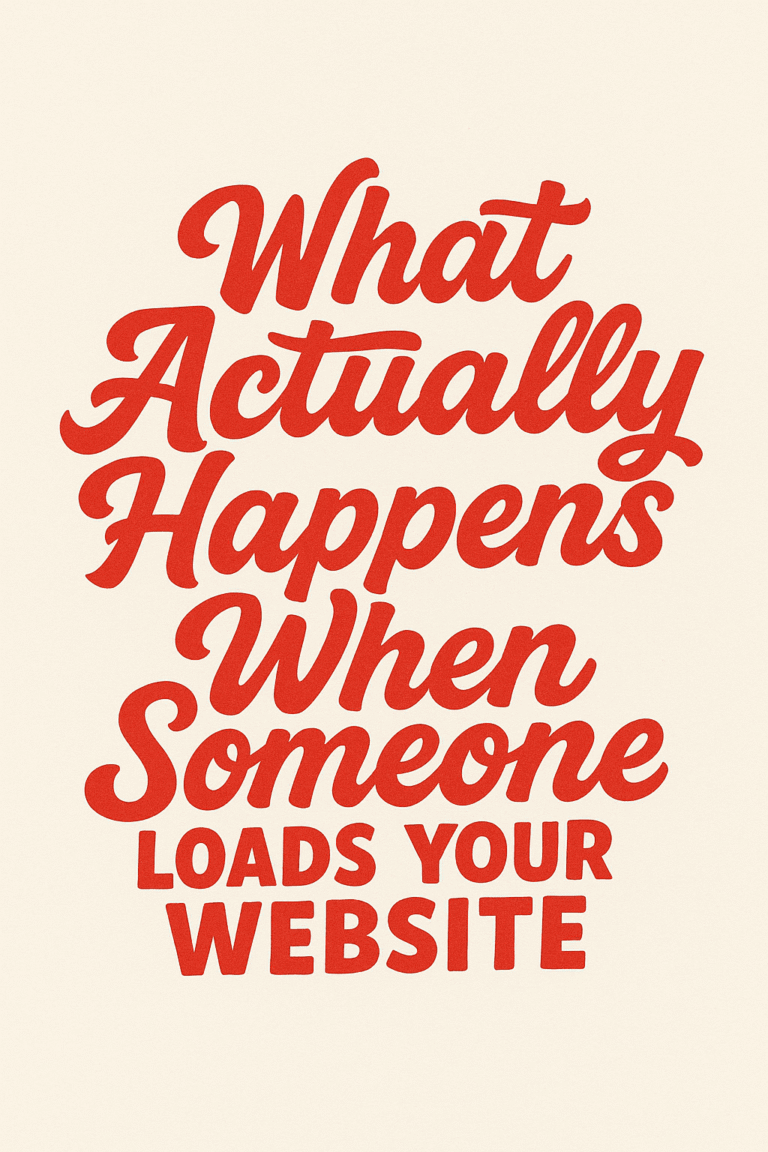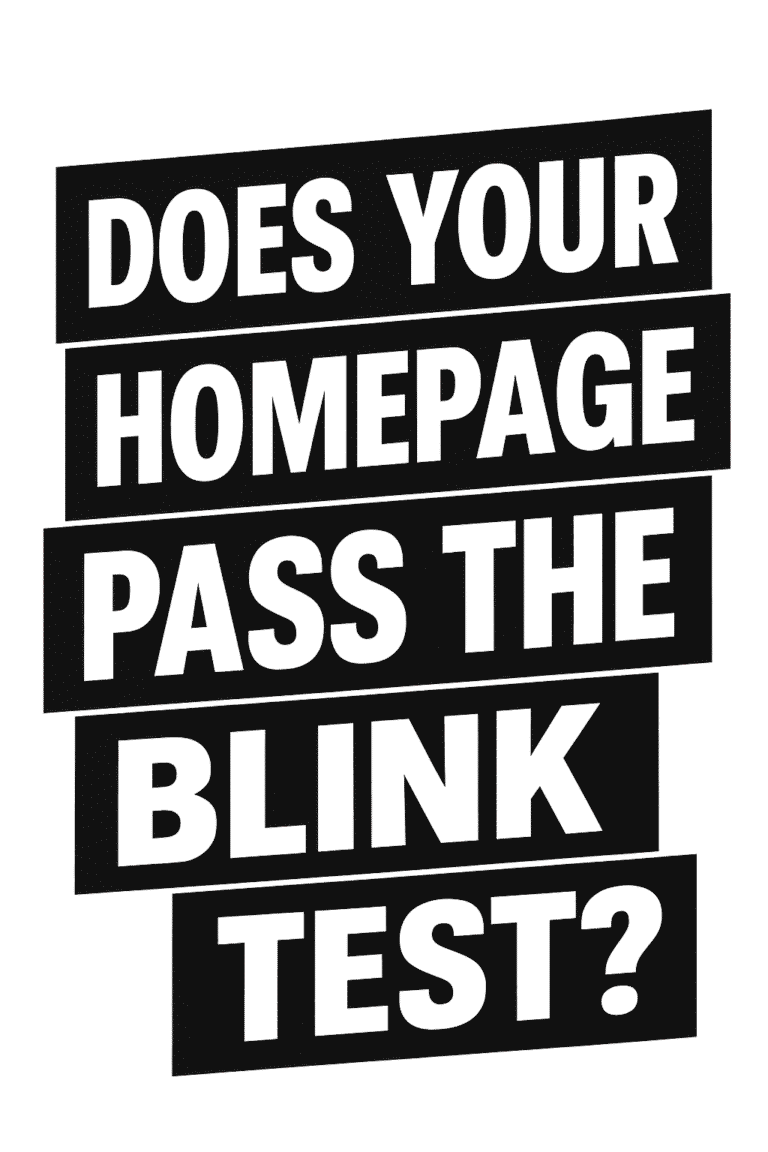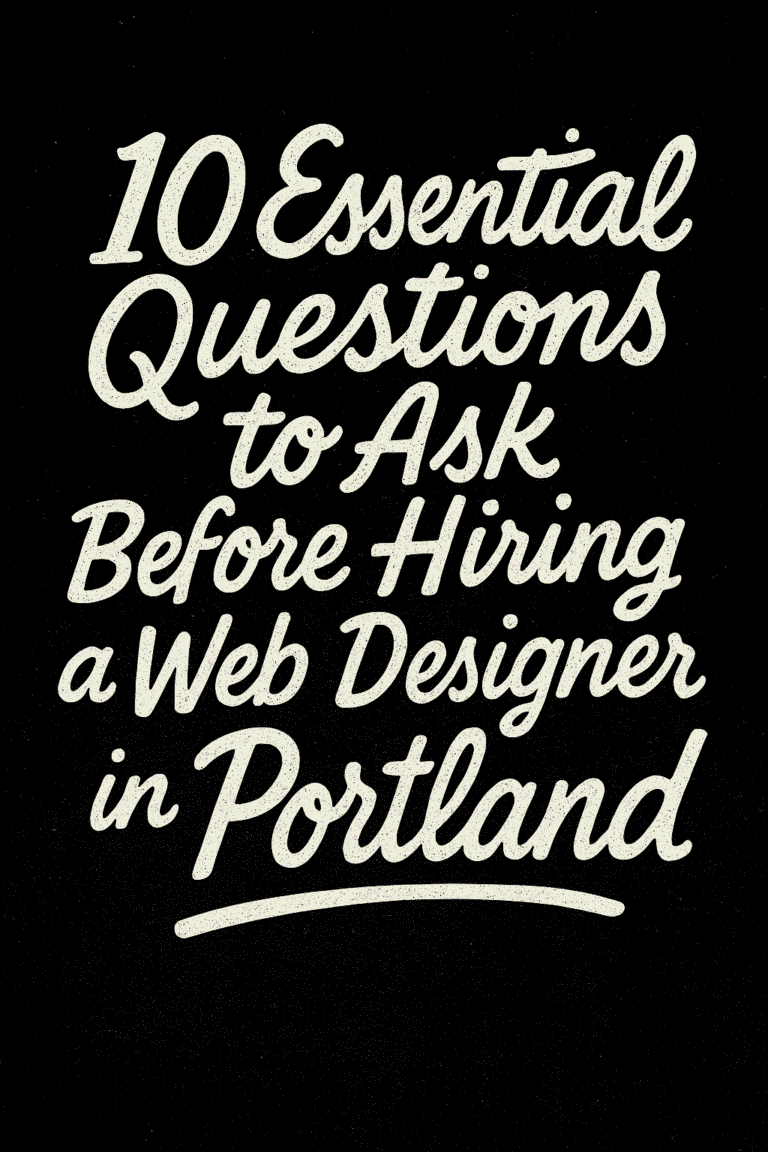
It is no secret that website design plays a crucial role in user experience. Everything from the color scheme to the font choice, to the layout and even the text, contributes to the overall impact on visitors. The psychology of web design influences user behavior, which consequently affects conversion rates.
In this blog post, we will be exploring various psychological tactics that can be incorporated into web design to create a more engaging and effective user experience, ultimately leading to increased conversions.
1. Introduction to Web Design Psychology: How Understanding User Behavior Can Improve Conversions
Understanding user behavior lies at the heart of web design psychology. Getting to the core of how visitors interact with a website enables designers to respond accordingly, thus creating an enriching user experience. By adopting strategies that cater to users’ preferences, designers can encourage user engagement, which in turn increases conversion rates.
In essence, web design serves as a gateway to communicate with users. It is through this medium that businesses can create a long-lasting impression of their product or service.
2. Creating an Emotional Connection: The Role of Color Psychology in Web Design
Colors wield an undeniable power over human emotions. As a result, web designers have started to leverage the potential of color psychology to their advantage. By strategically deploying colors that evoke certain sentiments, a designer can dictate the mood of their website and impact user perception.
For example, green is typically associated with growth and tranquility, while blue signifies trust and reliability. On the other hand, red can stimulate excitement or a sense of urgency. Knowing the psychological impact of different colors aids web designers in creating a visual experience that aligns with the brand’s message and encourages users to take action.
3. The Power of Visual Hierarchy: How to Organize Information for Maximum Impact
One of the fundamental principles of web design psychology is the arrangement of information for maximum impact. By organizing information in a logical, easy-to-understand manner, designers can guide users through a website effortlessly.
Visual hierarchy pertains to the relative importance assigned to different elements on a web page. It involves various aspects, such as size, contrast, alignment, and whitespace, which determine the users’ focus and engagement. A well-designed visual hierarchy ensures users can access key information promptly, leading to higher engagement and potentially more conversions.
4. User Experience (UX) and Conversion Rate Optimization (CRO): A Match Made in Heaven
User experience (UX) deeply correlates with conversion rate optimization (CRO). The more seamless and enjoyable the user experience, the higher the likelihood of users converting – be it in the form of making a purchase, signing up for a newsletter, or sharing content on social media.
A significant aspect of creating a delightful UX is ensuring that the website is easy to navigate, visually appealing, and responsive. By honing in on these factors, web designers can provide users with a seamless experience and subconsciously influence them to make a positive decision towards the brand.
5. The Psychology of Social Proof: How User Testimonials and Reviews Boost Credibility
The power of social proof plays a significant role in influencing user behavior. As humans, we are naturally inclined to trust and follow the actions of others. Web designers can capitalize on this basic human tendency by incorporating social proof elements, such as user testimonials, reviews, and case studies, into a website’s design.
Displaying authentic endorsements not only reinforces credibility but also establishes trust in potential customers. By showcasing positive feedback, web designers can encourage visitors to engage with the brand, thus positively influencing conversion rates.
6. Making Websites Trustworthy: The Role of Design and Content in Building Trust
Trust plays a crucial role in driving conversions. An expertly crafted website exudes credibility, instilling confidence in potential customers about engaging with the brand. Among numerous trust-building elements, two of the most important ones are design and content.
A professional-looking and aesthetically pleasing design goes a long way in creating a positive impression. Similarly, well-written and informative content helps solidify a user’s confidence in a brand. Incorporating trust signals like secure payment gateways, privacy policies, and accreditations further contribute towards building long-lasting trust in potential customers.
7. The Power of Persuasion: How to Use Persuasive Design Techniques to Influence User Behavior
Certain persuasive design techniques can have a significant impact on user behavior. Among these, the use of compelling calls-to-action (CTAs) stands out the most. CTAs guide users in taking the desired action, e.g., signing up for a service, downloading a resource, or purchasing a product. Clear, concise, and actionable CTAs can make a considerable difference in driving conversions.
Another persuasive technique involves the reciprocity principle, which posits that humans have an inherent desire to repay acts of kindness. By offering users valuable content, like a free e-book or a discounted product, web designers can elicit a favorable response, such as email subscriptions or product purchases.
8. Leveraging Data and Analytics to Optimize Conversion Rates, User Experiences and Increase Conversion Rates
Data and analytics play a key role in optimizing user experiences and increasing conversion rates. By analyzing user behavior, web designers can gain insights into how users interact with their websites, identify areas of improvement, and implement strategies that enhance the overall user experience.
Conversion rate optimization (CRO) tools, such as heatmaps and A/B testing, can be used to understand user preferences, identify pain points that impede conversions, and tweak design elements accordingly. Such data-driven insights empower web designers to craft experiences tailored to the needs of their target audience and maximize conversion rates. By leveraging the right data and analytics, web designers can create an optimized user experience that encourages visitors to engage with the brand and make favorable decisions.
9) The Scarcity Principle: How to Create a Sense of Urgency and Drive Conversions
The scarcity principle is an effective strategy when it comes to driving conversions. By creating a sense of urgency, web designers can compel users to take the desired action before it’s too late. This can be accomplished by applying time-sensitive tactics such as limited-time offers and countdown timers.
Furthermore, offering exclusive deals or limited availability items can also be used to drive conversions. By playing on user psychology, web designers can create a sense of scarcity and urgency, thus positively influencing conversion rates.
10) Using FOMO (Fear of Missing Out) to Your Advantage: Tips for Effective Implementation
FOMO, or the Fear of Missing Out, is a widely recognized concept in marketing and psychology. It plays on people’s desire to be part of something exclusive and can be leveraged by web designers to drive conversions.
To effectively implement FOMO tactics, web designers must focus on creating an emotional connection with visitors and emphasize the benefits of taking immediate action. For instance, limited-time offers and exclusive discounts can be used to create a sense of urgency and motivate users to convert. Additionally, by emphasizing the value in participating in a particular event or buying a product before it runs out, web designers can leverage FOMO tactics to drive conversions effectively.
11) Crafting a Call-to-Action (CTA): Best Practices for Encouraging User Action
A call-to-action (CTA) is an important persuasive element that helps guide users in taking desired action. To ensure effective implementation, web designers must pay attention to the content, design and placement of CTAs.
When creating a CTA, it’s important to craft concise yet compelling copy that accurately conveys the message. Additionally, the design of the CTA must be visually appealing and stand out from the surrounding content. Placement is another vital factor to consider when implementing CTAs; web designers should place them strategically in areas where they are most likely to draw attention and encourage user action.
By following best practices for crafting CTAs, web designers can ensure that they effectively influence user behavior and drive conversions.
Conclusion
From the color scheme to the font choice, to the layout and even the text, it is undeniable that great website design plays a pivotal role in consumer engagement. Incorporating subtle elements of psychology into web design can help maximize customer success rates and build trust with visitors, consequently leading to more conversions. Strategy and planning are key when choosing to incorporate tactics from the psychology of web design; this means before starting any project, it is important to make sure you understand how different elements will be influencing user behavior. It could take months to reach your goals if you don’t have a consistent plan in place. With our team at Graticle, rest assured that building an effective website won’t be a hassle for you anymore. So look through our portfolio and see just what we can bring to your web design project. We specialize in helping businesses increase their conversion rates and create engaging designs that capture customers’ attention. Call or text us to get started today (360) 450-3711.
